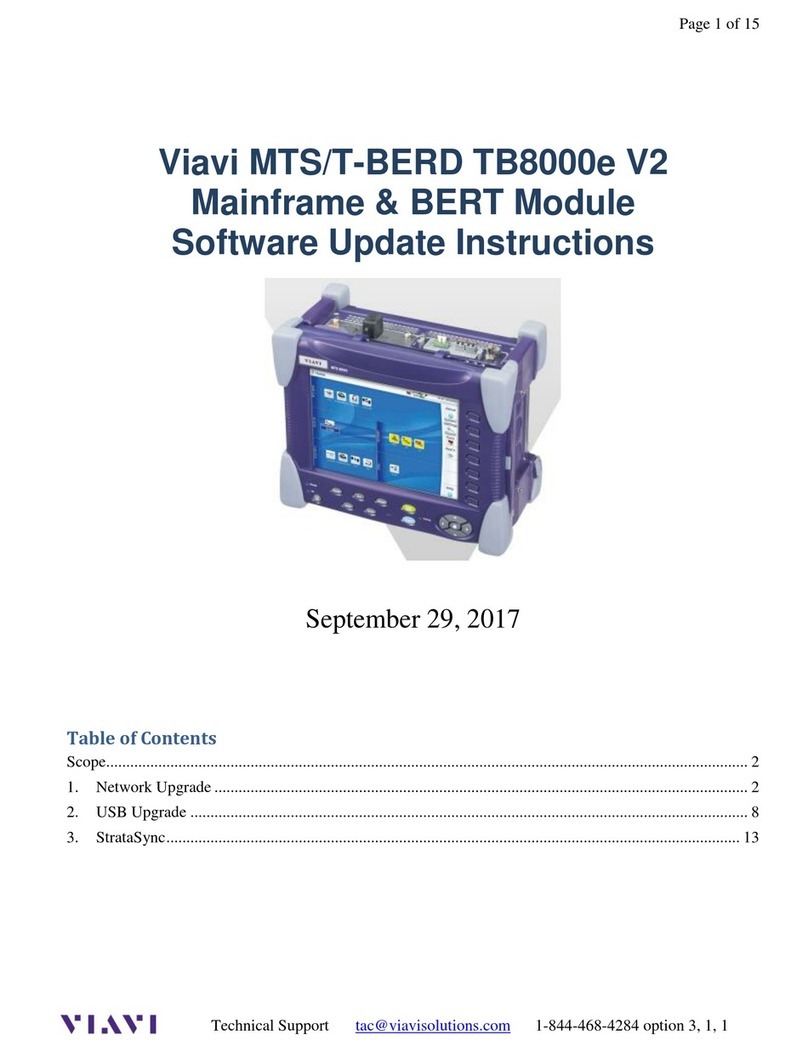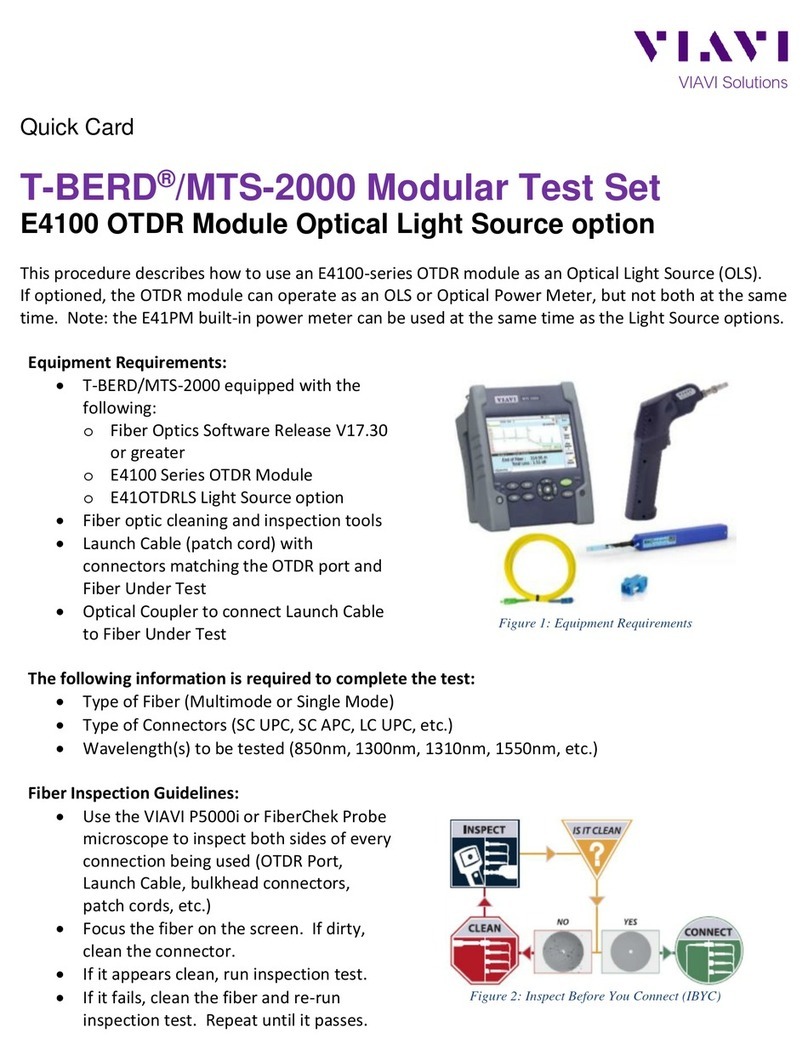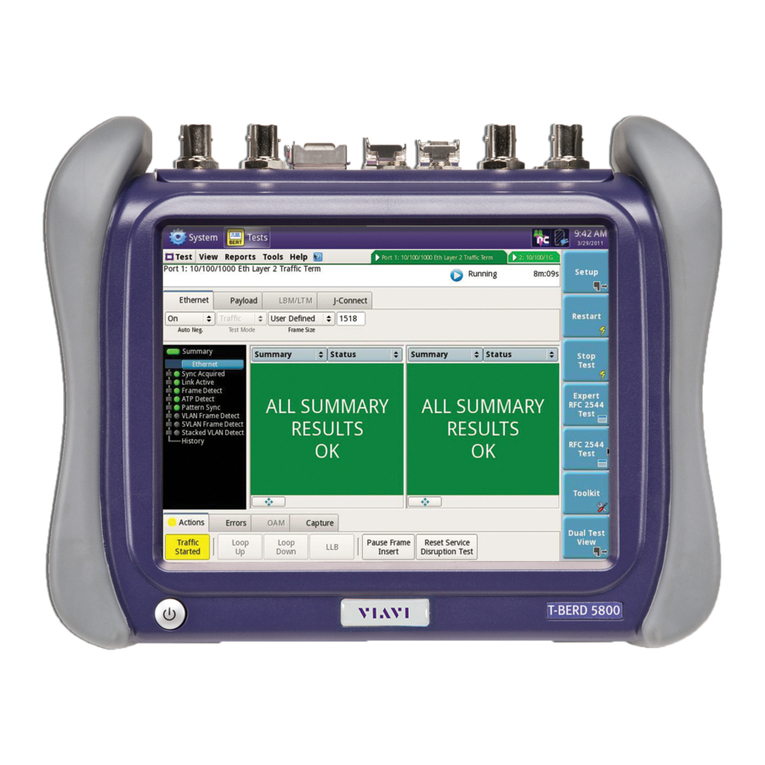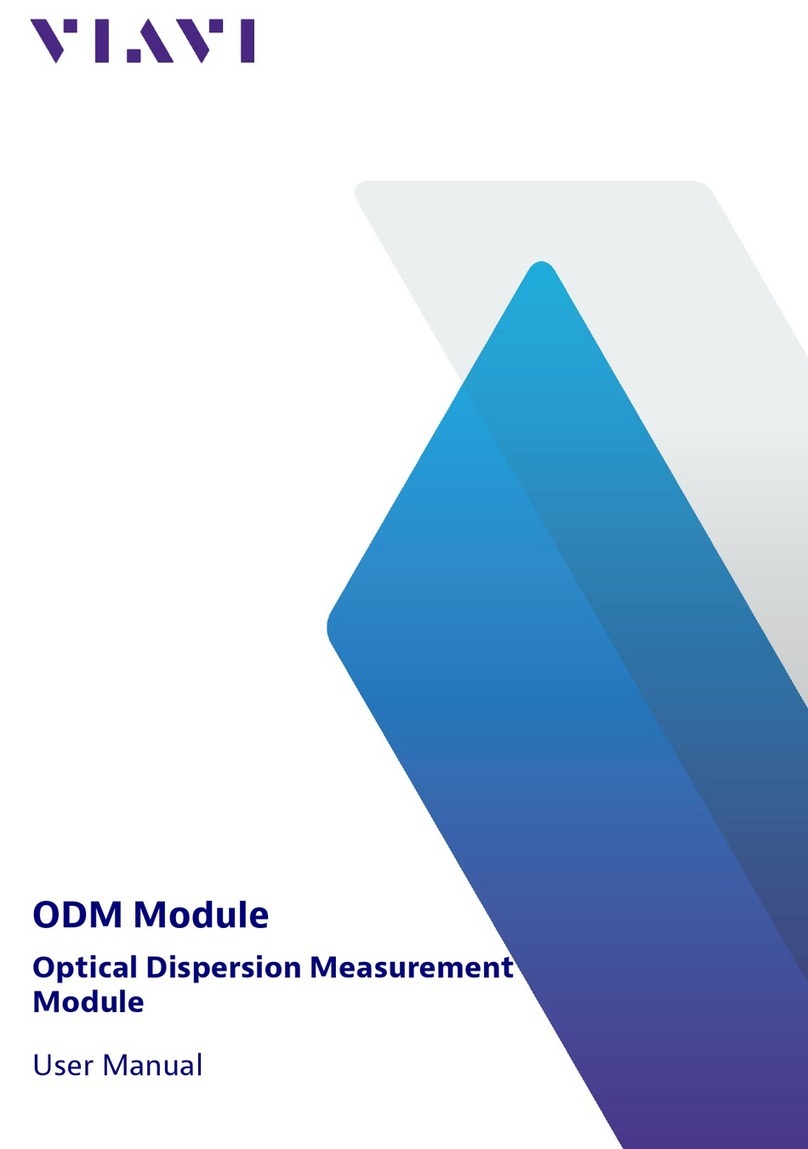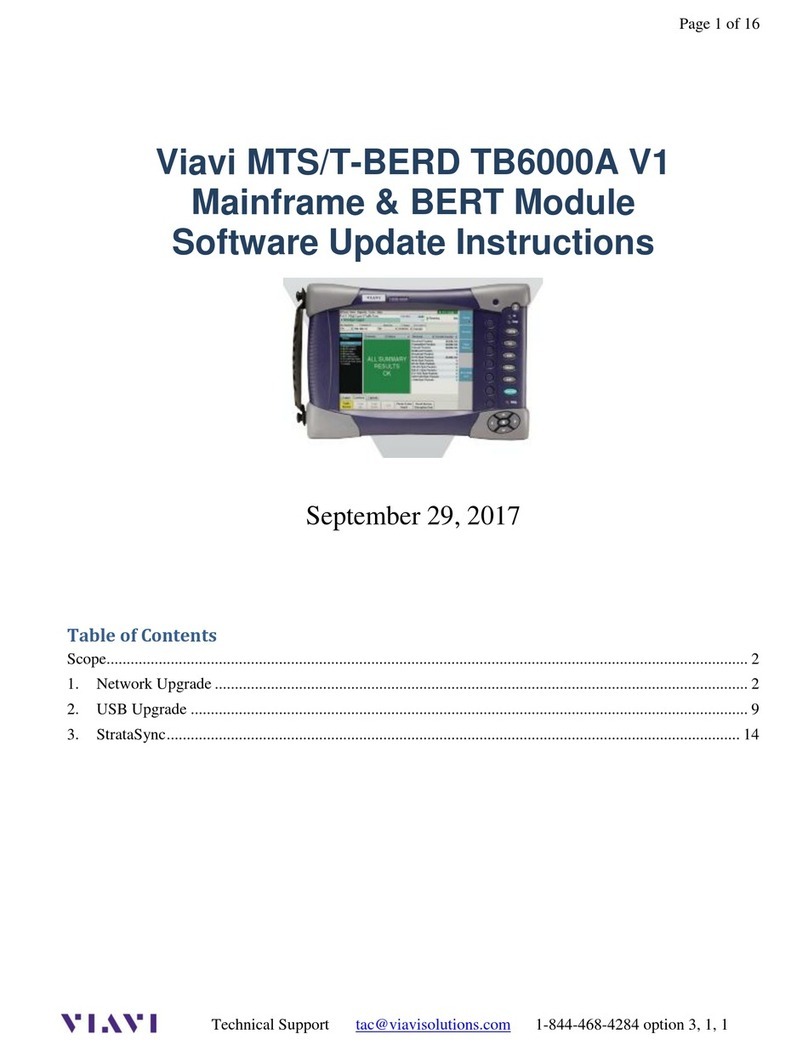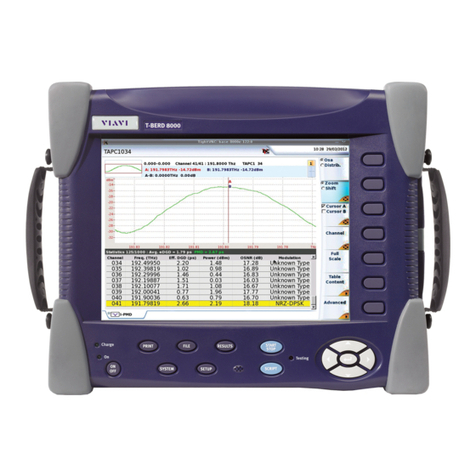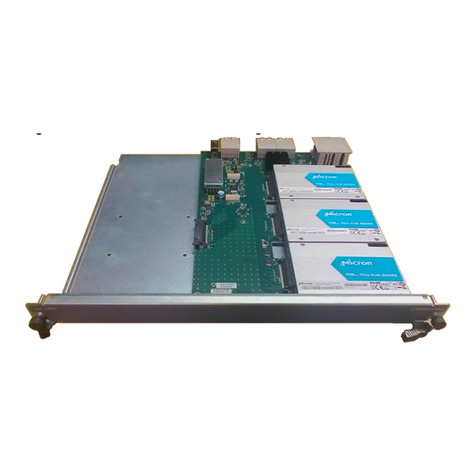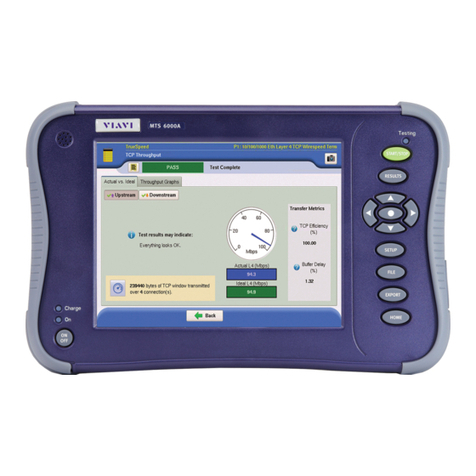Trace display functions.................................................20
Result display....................................................................21
Overview.......................................................................21
Using the cursor............................................................23
The Zoom function........................................................23
The Shift function..........................................................24
The measurement function...........................................24
Multiple traces (Overlay)...............................................27
Table display......................................................................29
Overview.......................................................................29
Table contents...............................................................30
Table statistics...............................................................31
Channel sort .................................................................31
Table notes....................................................................32
Result colors.................................................................33
Trace & Table display........................................................34
Drift measurement ............................................................ 34
Reports...............................................................................37
Fast Report...................................................................37
File system report.........................................................38
File management...............................................................39
Storing OSA measurements.........................................39
Recalling OSA files .......................................................39
Recycling information ...................................................... 40
VIAVI Environmental Management Program ...............40
RoHS ............................................................................41
2 T-BERD/MTS-2000V2, 4000V2, 5800V2 • OCC-4056C • User Manual 2019.04

